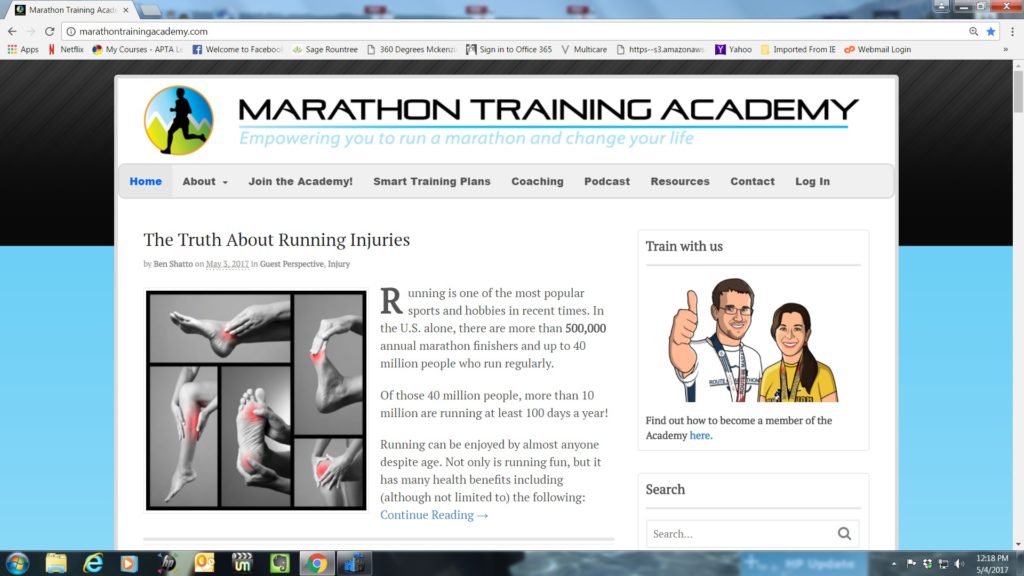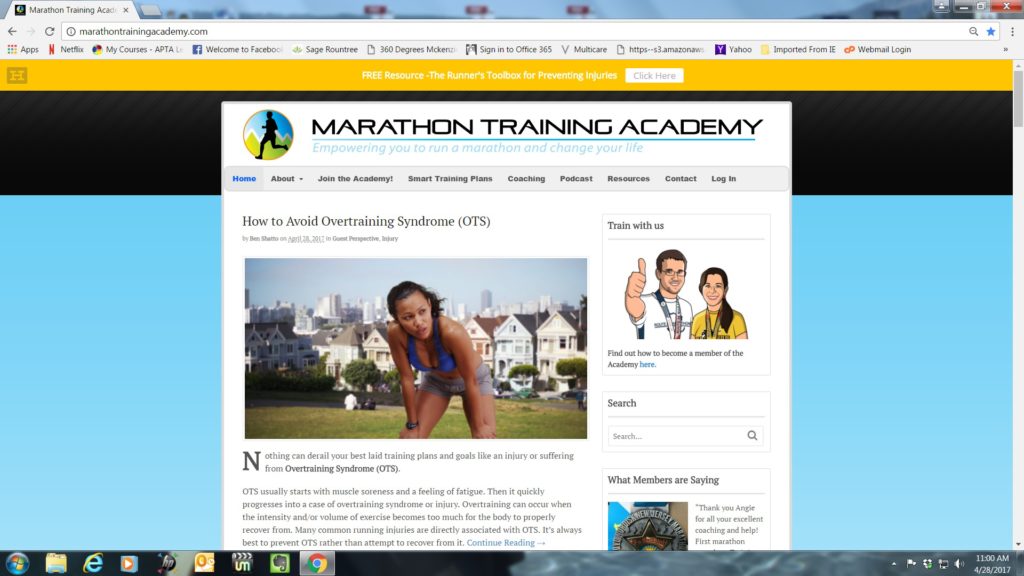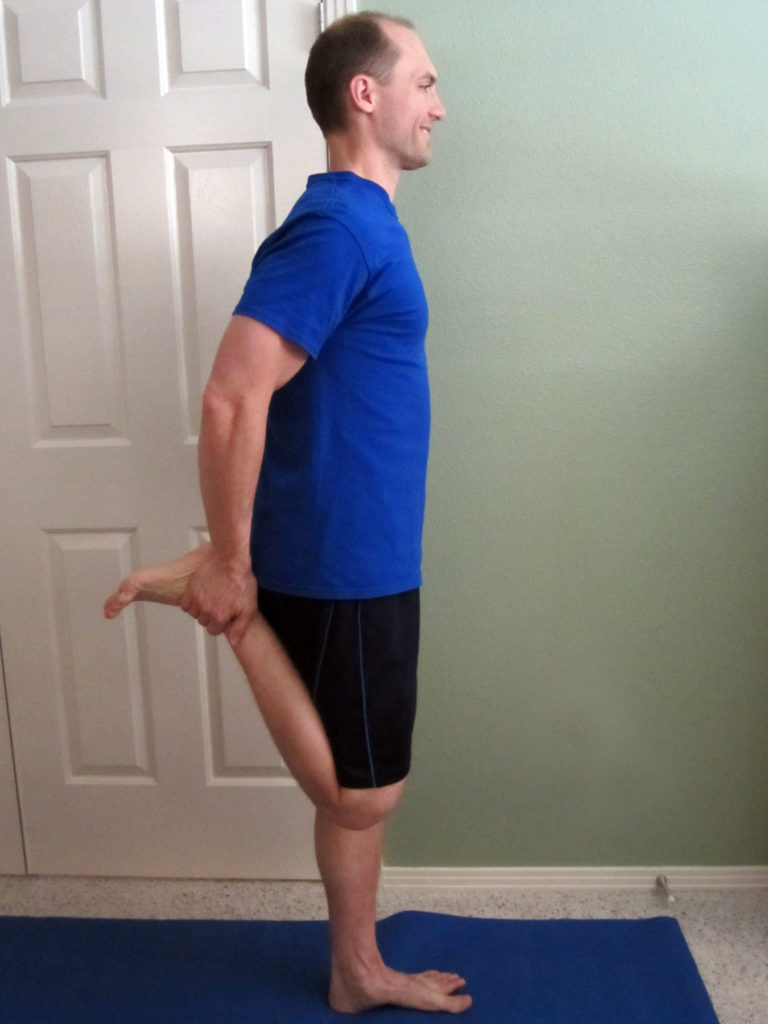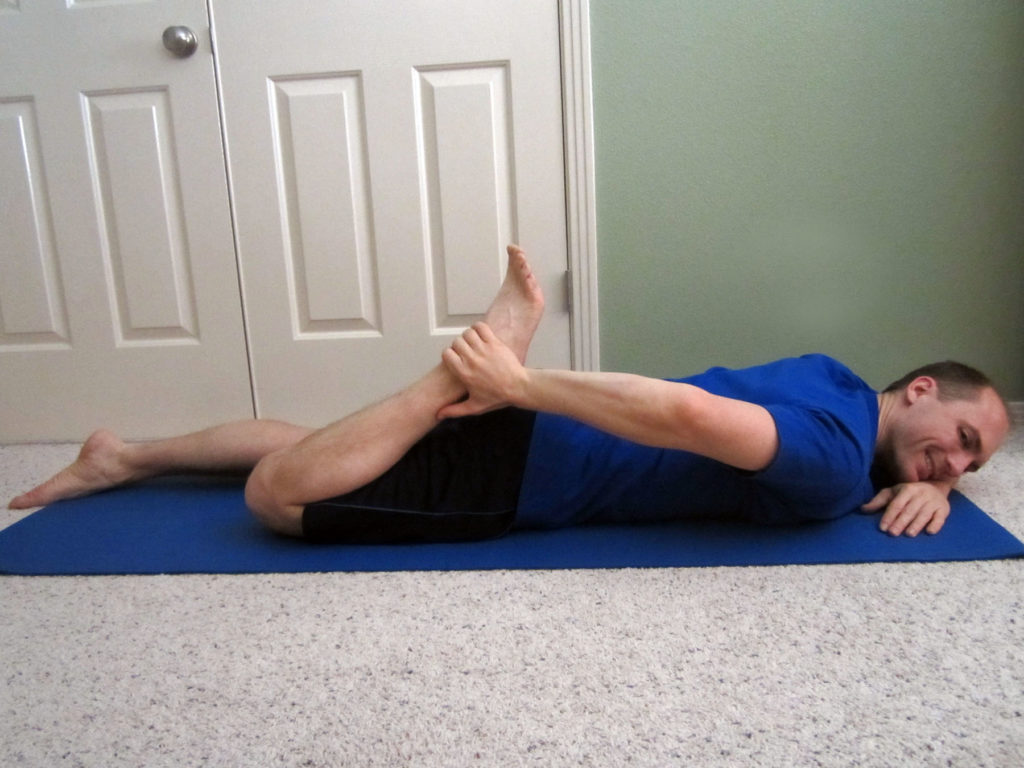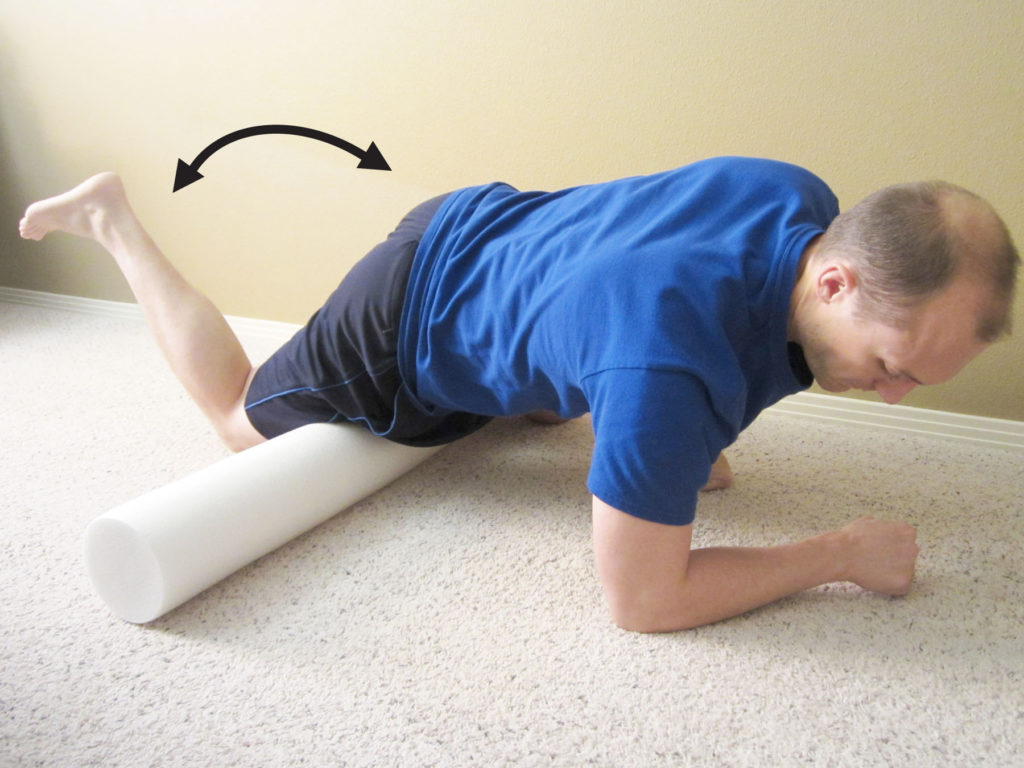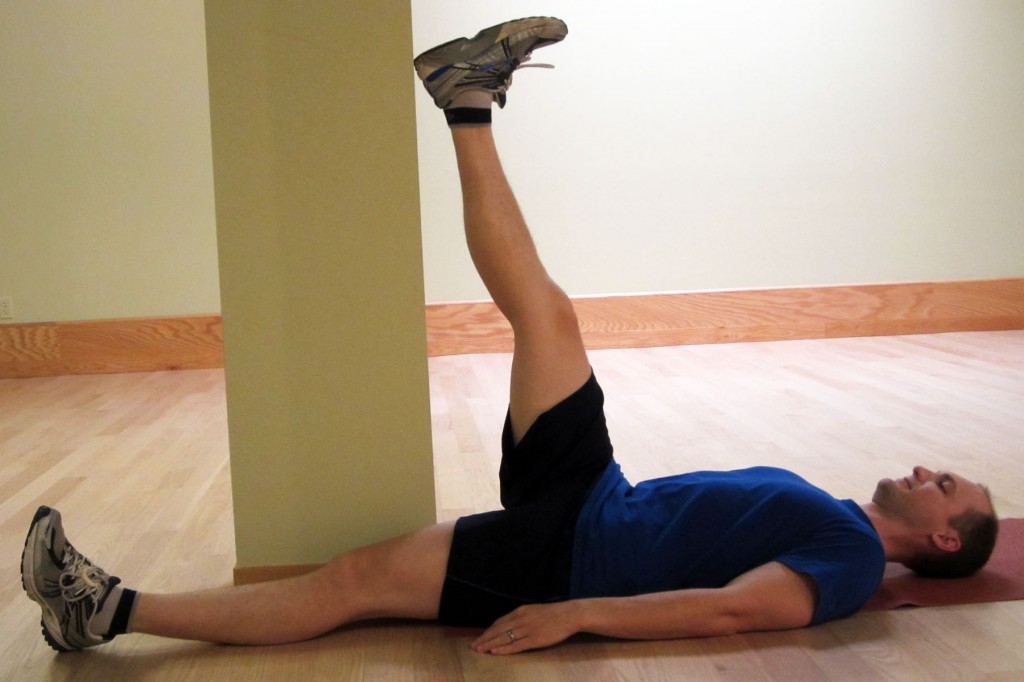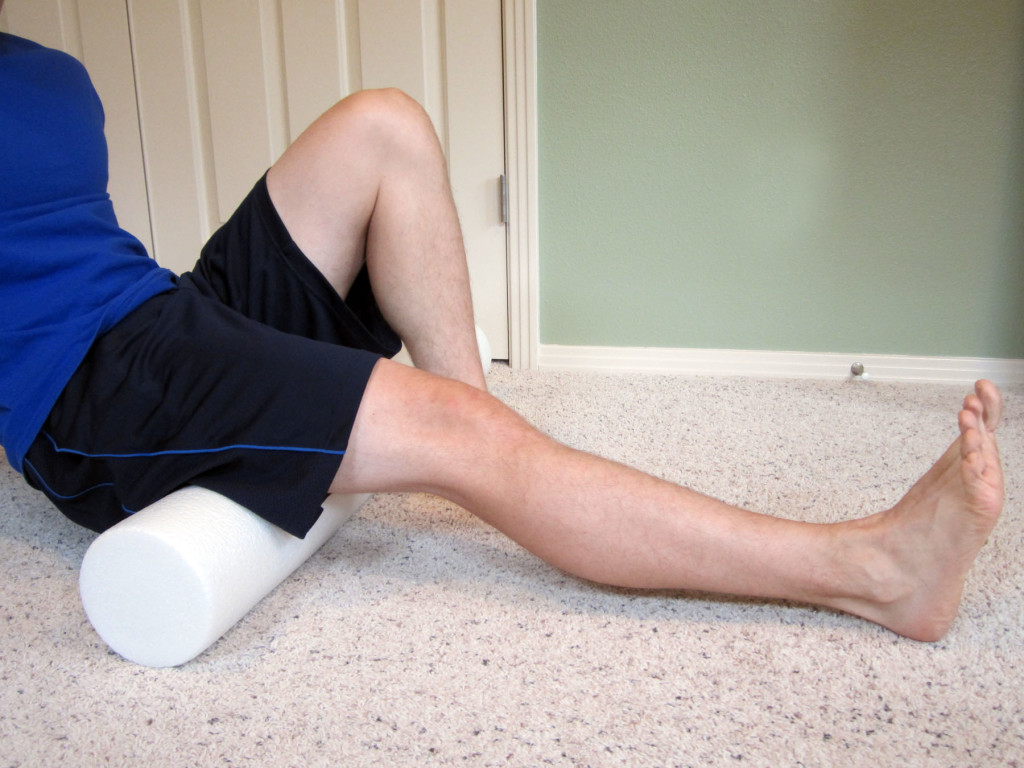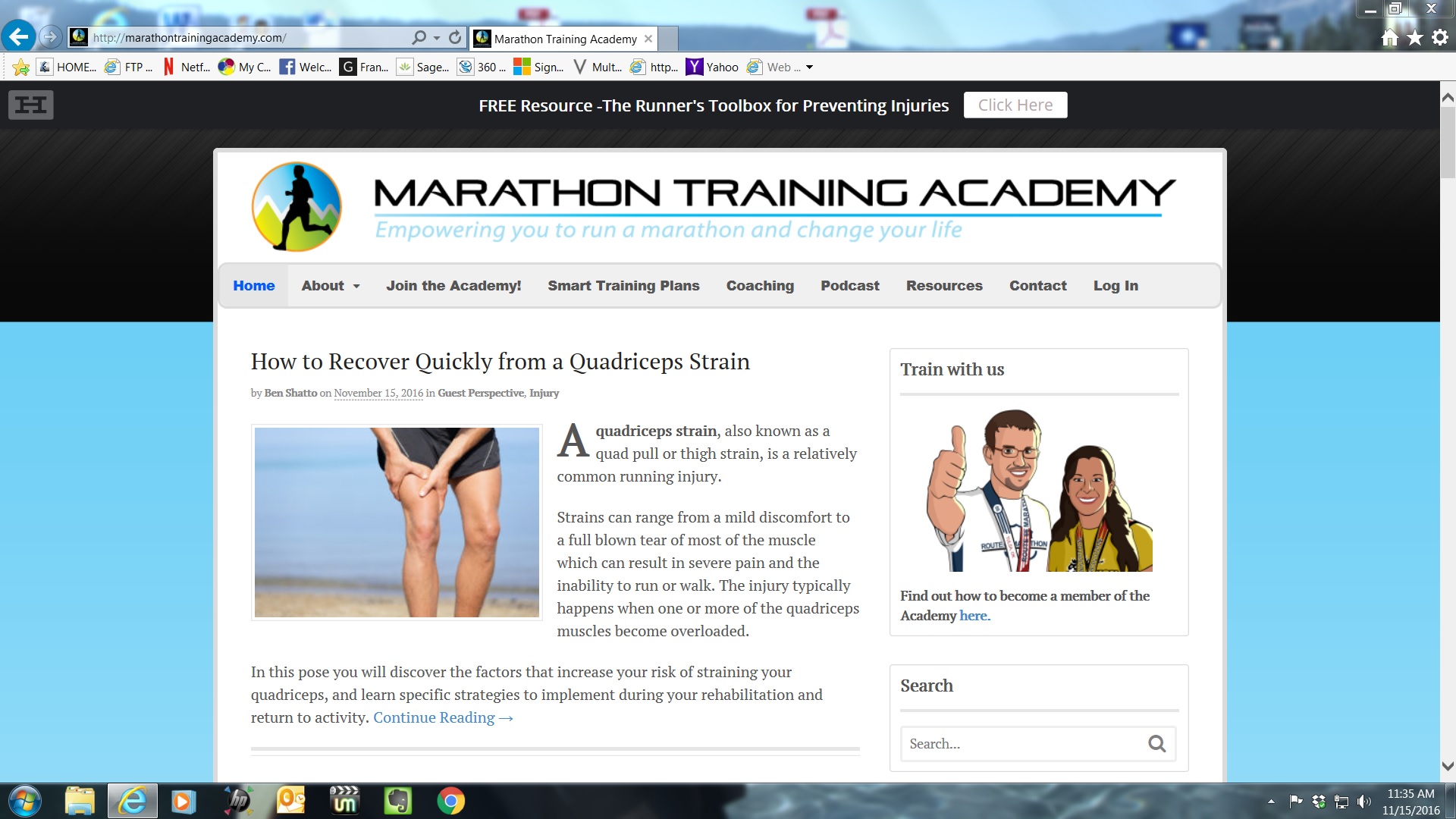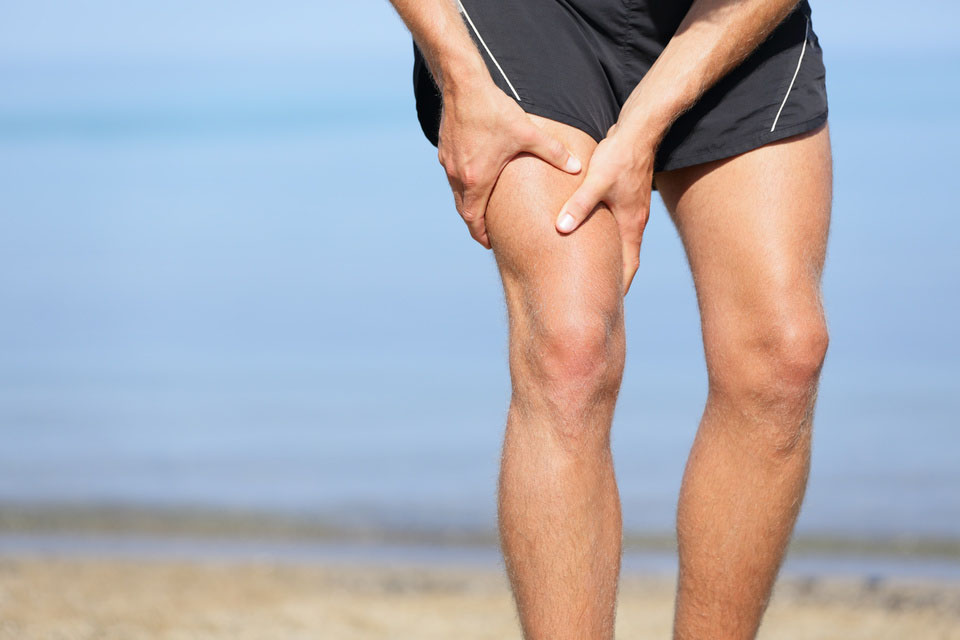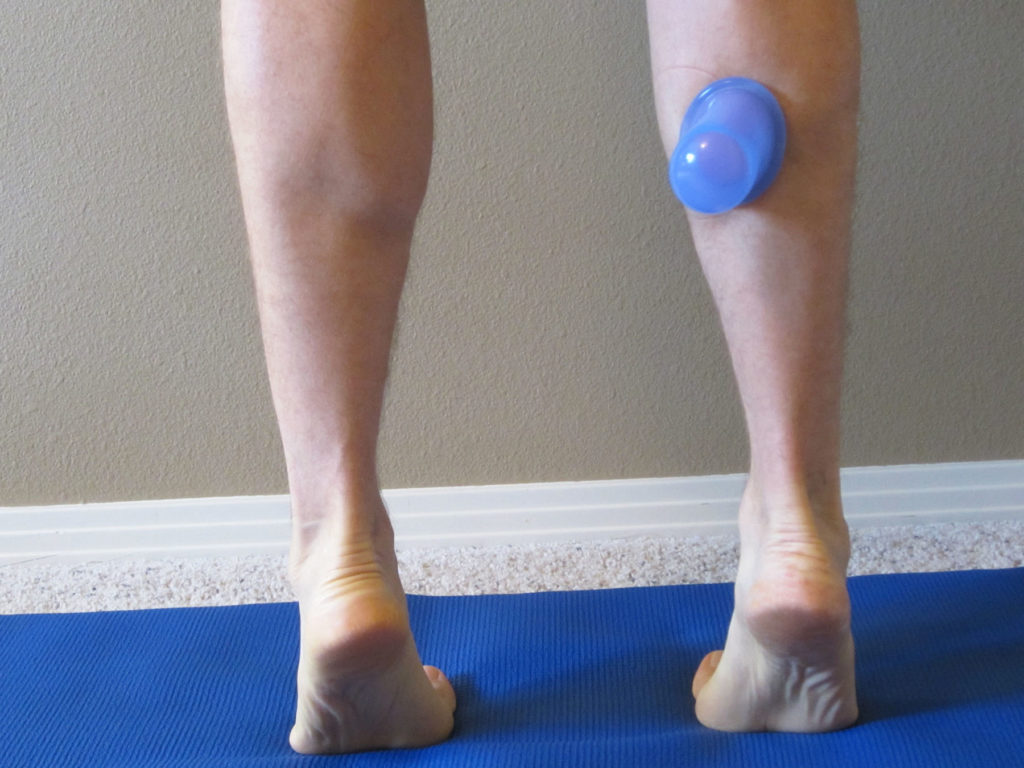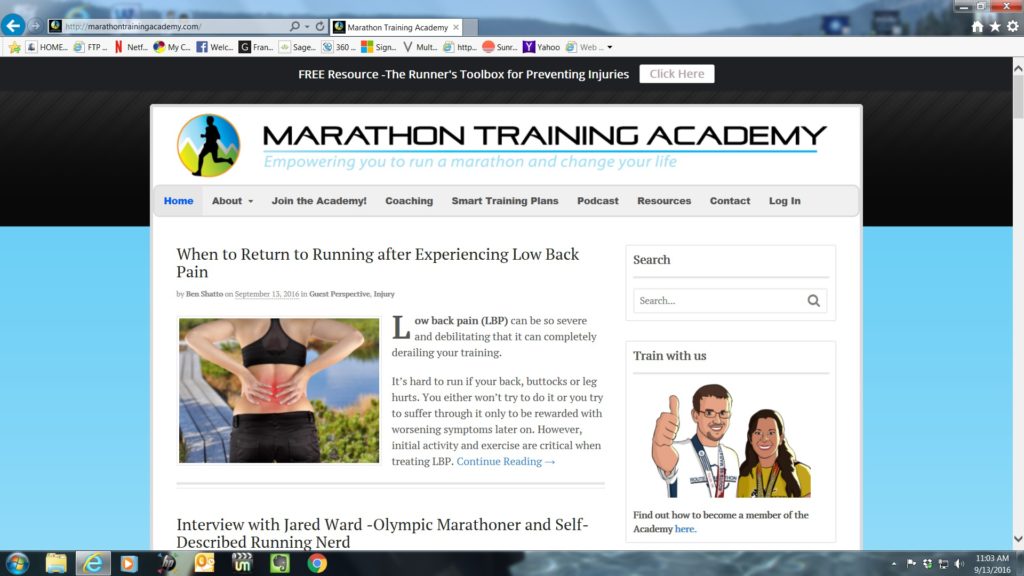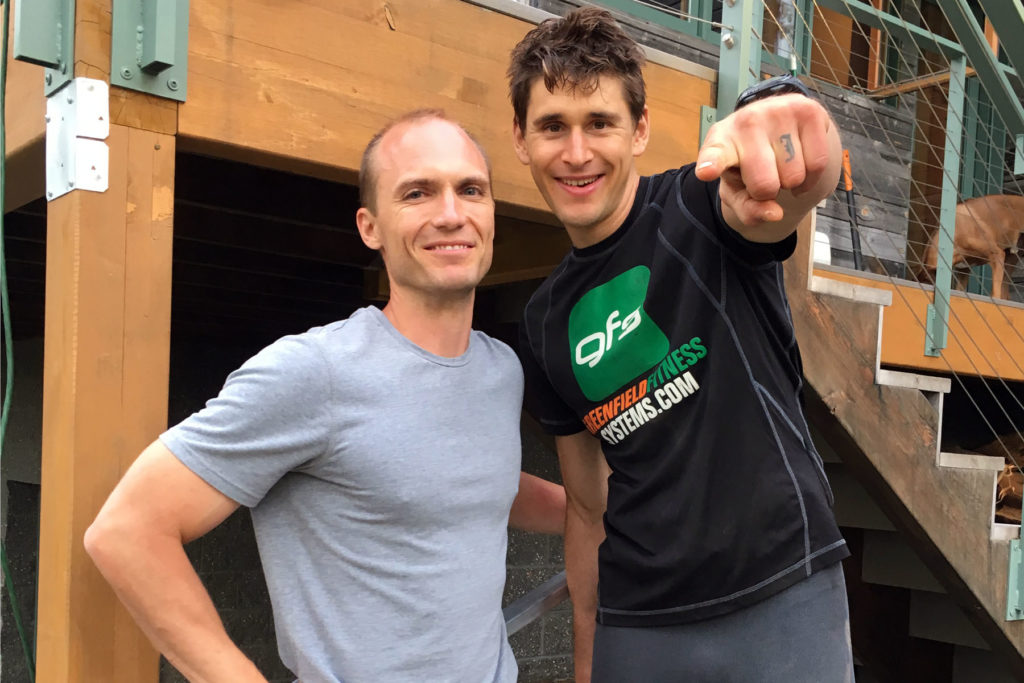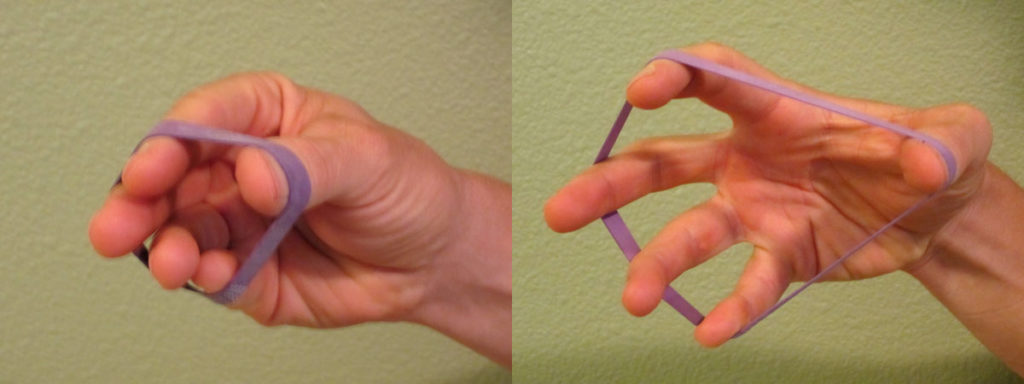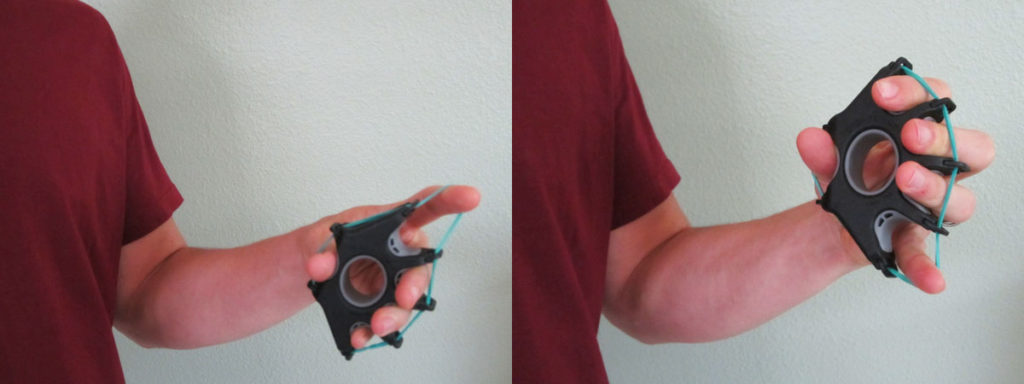The United States health care system is set up to manage ongoing chronic disease and illness–not to promote health. It often seems as if there isn’t any incentive to actually cure disease at all, but only to manage and extend the latent period of the disease.
Meanwhile, there is an ironic dichotomy in which the national media loves to cover the lifespan revolution. Some believe that we are the cusp of significantly advancing the length a person can live. Sadly, the actual average number of years a person is expected to live remains stable or in many cases, actually decreasing. This is entirely due to poor nutrition, lack of physical activity, and environmental factors. The United States continues to not even rank in the top 25 in world health statistics.
Yet, we spend more money on healthcare per capita and per person than any other country in the world! Health care costs in the United States continue to increase without actual positive change in health status. It is imperative that we all take a leadership role in our own health care by continuing to be proactive.
American society today is not healthy. We continue to live in a fast paced, stressed out, and chronically ill environment. People continue to suffer from preventable diseases such as diabetes, osteoporosis, and heart disease. Even diseases such as cancer, Parkinson’s, and Alzheimer’s can potentially be prevented with the right health choices.
The promise of a long life is appealing. But is a long life really what you want if it’s lacking quality? Increasing the number of years you live is not as important as increasing the way you can live those added years. Spending an extra 5 or 25 years alive, but ill, is a curse not a blessing.
We all must take an active role in taking charge of our health and wellbeing. Prevention must be the focus. I believe that each one of us should develop our own health plan which will allow us to improve health span and lifespan. There are very simple and scientifically proven techniques that can help you to address and prevent many of the most common chronic illnesses affecting the population in the United States and the Western World. A new approach to health and medicine must be to understand that exercise is medicine. When exercise is properly dosed for the individual, both lifespan and health span will improve.
Physical factors that address health span, which is the period of time during one’s life that you are generally healthy and free from disease, include strength, balance, flexibility, and endurance. These same factors all contribute to your body’s physical resiliency and generally, your mobility. Maintaining your mobility is critical for all body functions and is fundamental in avoiding chronic illness.
Physical factors that address health span include:
Strength
The importance of strength training cannot be overstated in helping your body prevent chronic disease and illness while maintaining resiliency and mobility. Properly dosed strength training programs are critical in avoiding chronic illnesses such as diabetes, osteoporosis, and osteopenia. It provides positive effects to your muscular and cardiovascular system which can reduce the risk of dementia and Alzheimer’s disease. Strength training also plays a critical role in proper hormone regulation throughout your life which can affect almost every process occurring in the body.

The guiding principle for strength training is The Overload Principle. Resistance or strength training is commonly used to produce an overload of the body’s system. An example would be any type of pushing or pulling exercise that exerts a force on the muscle, which causes it to work harder than it would normally.
The key to all training is that the system must be properly overloaded to produce the desired effect. Too little, and you will not receive a positive benefit. Too much, and you risk injury. The overload principle must guide all exercise routines if there is to be actual success and benefit from the program. The overload principle must include a progressive linear model to adding resistance to insure ongoing stimulation of the body’s systems and to avoid injury or plateau of benefits.
Although any properly dosed/prescribed form of resistive exercise would be beneficial, the most effective exercises either activate large muscle groups and/or load the skeletal system. Examples include squats, lunges, and dead lifts.
Balance
Balance is affected by many of the body’s systems. Like muscle, balance can be a use it or lose it proposition and therefore, must be part of any health plan program. Improving your balance is critical to avoiding falling as you age. Falling continues to be a top cause of injury and debility in the older population.
A quick daily balance routine can greatly reduce your risk of falling. Please refer to the following resources to get started: How Do I Improve Balance? (Part I), How Do I Improve Balance? (Part II), and Improving Balance by Using a Water Noodle.
Flexibility
A range-of-motion (ROM) or flexibility program should include many components including gentle mobility exercises as well as static or dynamic stretching to insure proper body mobility. Stretching is ideally performed 10-15 minutes at a time five days per week. An excellent time to work on a flexibility program is after a workout. Static stretching is an excellent method to maintain flexibility, and it’s ideal to perform during a cool down.
Tai Chi is an excellent form of exercise that positively affects your flexibility, strength, and stability while stimulating the somatosensory system. Yoga, like Tai Chi, also addresses many of these same areas.
Foam rolling is also an excellent method to improve flexibility. Individuals taking blood thinning medications or with blood clotting disorders should consult his/her physician prior to using a foam roller for mobilization.
For more information on flexibility, please refer to How to Maintain Healthy Joint Motion.
Endurance
The research on the effectiveness of HIT continues to grow. Even more impressive are the findings that HIT can be safely performed at any age and with almost every medical condition. It is now even being implemented in many progressive Cardiopulmonary Rehabilitation Programs, where people are recovering from all kinds of cardiac and pulmonary disorders such as COPD, heart attacks, and heart valve replacements.
Perform your cardio activity in short bursts (ranging from 30-60 seconds at a time) followed by a one to two minute recovery. The 30-60 seconds should be at a high intensity, meaning your rate of perceived exertion (RPE) is high. You should be breathing heavy.
Accommodations can be made for almost any type of medical condition. For example, HIT may be performed while using a stationary bicycle, an upper body only bicycle, a rowing machine or in the pool. You can also walk uphill at a quick pace, then stop and rest. The point is to get your heart rate up, and then bring it back down for a full recovery prior to repeating.
The exercise as medicine concept needs to be embraced by health care consumers and healthcare practitioners alike. The only way to truly affect your health span and age well is to take responsibility for your own body. The key to any longevity or healthy aging program is to remain engaged in all aspects of your life (including your physical, mental, and emotional health).
When implementing your own health plan, which of the four physical factors (strength, balance, flexibility, and endurance) will you take action on in order to improve your health span and life span? Please leave your comments below.
If you have a question that you would like featured in an upcoming blog post, please comment below or submit your question to contact@thePhysicalTherapyAdvisor.com. Be sure to join our growing community on Facebook by liking The Physical Therapy Advisor!
